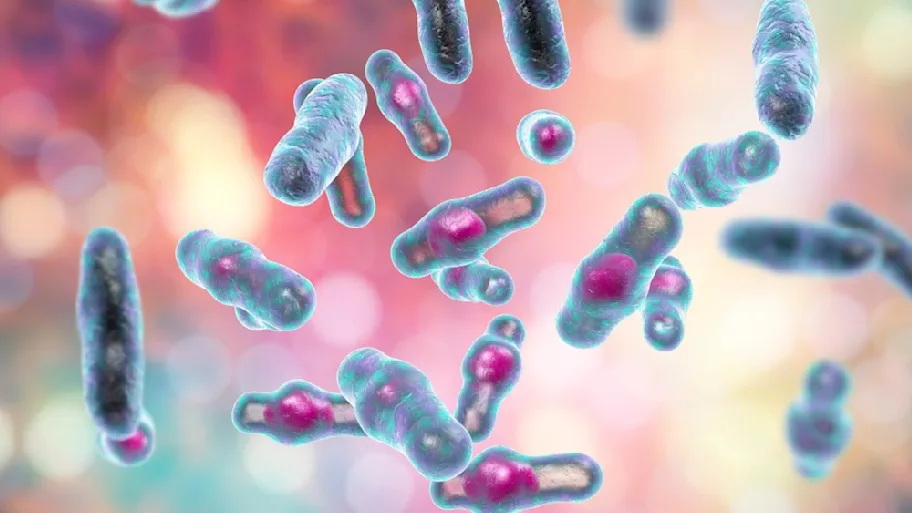
- Science news
- Featured news
- Scientists identify ‘origin’ of cancer spread
Scientists identify ‘origin’ of cancer spread

Using auto-florescence techniques, researchers isolated the most energetic cells in a series of breast cancer cell lines. Image: Shutterstock.
Research suggests that “high energy” stem cells born from old, dying parents are responsible for cancer growth and spread
— by Gareth Hollyman, University of Salford
Scientists at the University of Salford say they have identified a cancer cell from which all cancer growth starts in the body.
The discovery of the cell, which they are calling ‘the cell of origin’ sheds new light on what fuels cancer growth and how to potentially stop it.
Lead researcher Professor Michael P Lisanti said: “If, as we believe, we have found the beginning of the road, we may have to press the reset button on how we treat cancer with drugs.”
“Energetic” Cancer Stem Cells (e-CSCs): A New Hyper-Metabolic and Proliferative Tumor Cell Phenotype, Driven by Mitochondrial Energy► Read original article► Download original article (pdf)
Describing the cell and its functions in the journal Frontiers in Oncology, the team from the Biomedical Research Centre at the University of Salford say the findings “rewrite what we know about the process of cancer growth” and offer new evidence that cancer stem cells are highly proliferative and driven by mitochondrial function.
‘Zombie cells’
“Scientists talk about cancer being caused by dying cells coming back to life, so-called ‘zombie cells,” explains Lisanti.
We now see it is more dramatic than that. In fact, it could be more accurately described as a prison break.
“In other words, this origin cell breaks out of line and runs amok, multiplying malignant cells and creating a tumour.”
Using auto-florescence techniques, the Salford team, which included Federica Sotgia and Marco Fiorillo, isolated the most energetic cells in a series of cell lines of cancer cells derived from human breast tumours.
They found that the most dynamic cancer stem cells, representing 0.2% of the cell population, had special characteristics, with significantly more energy than average cancer cells.
They then cross-checked the cell’s ‘performance’ in terms of mitochondrial hyperfunction, rate of proliferation and a factor they call ‘stemness’ – in other words if it is capable of creating a tumour.
They also found the cells displayed characteristics of senescence with one biomarker of senescent namely p21-WAF, increased by ~17-fold in these cancer stem cells.
Related: Potential markers identified for early detection and prevention of liver cancer
Where do they come from?
“If we ask where do these cells come from, the evidence indicates they emerge from senescent (dying) cells,” said Professor Sotgia.
“They displayed hallmarks of senescence but are no longer senescent, they have broken out of senescence.”
The explanation for this appears to be in how the cells become re-energised. They may have used anti-oxidants and mitochondrial energy, to release themselves and so reverse cell cycle arrest.
Added Lisanti: “It feels like finding the proverbial needle in a haystack, and it crucially gives us a new window on cancer and how we might stop it.
“Most cancer patients die because of the spread of tumour cells to distant sites, known as metastasis.
“The evidence is increasingly that metastatic cancer stem cells, fuelled by mitochondria, are responsible. Yet, most chemotherapy targets the bulk cancer cells. Some chemotherapy even makes cancer stem cells proliferate more.”
Original article: “Energetic” Cancer Stem Cells (e-CSCs): A New Hyper-Metabolic and Proliferative Tumor Cell Phenotype, Driven by Mitochondrial Energy
REPUBLISHING GUIDELINES: Open access and sharing research is part of Frontiers’ mission. Unless otherwise noted, you can republish articles posted in the Frontiers news blog — as long as you include a link back to the original research. Selling the articles is not allowed.






